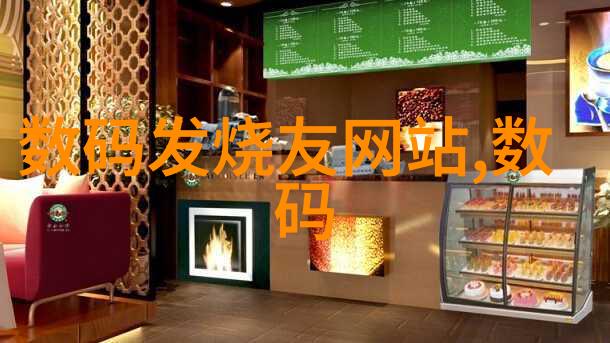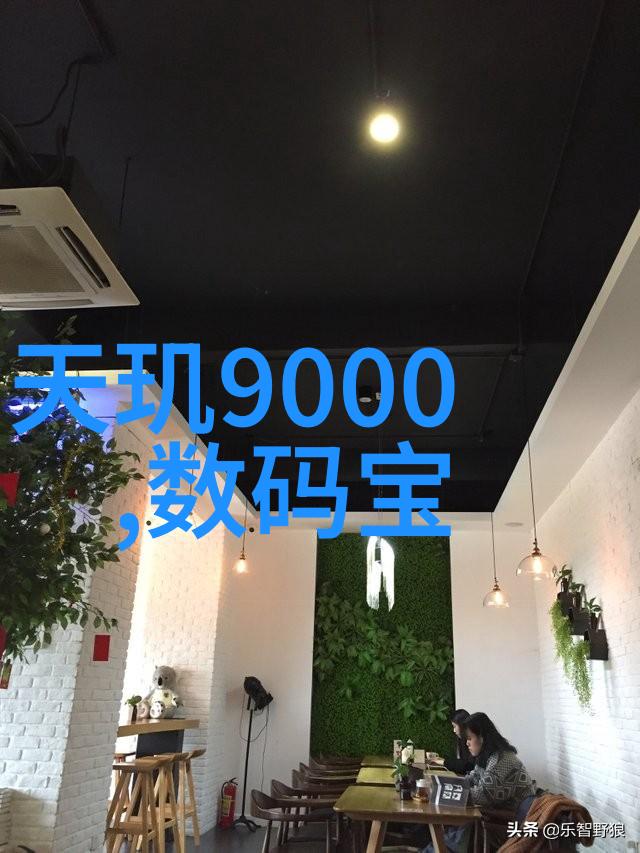
选择合适的大型化学反应釜材料对于提高产品质量有什么重要性吗
在工业生产中,化学反应是实现物质变化的基础过程。随着科技的发展,大型化学反应釜已经成为许多大规模化工生产中不可或缺的设备。在这些装置中,化学反应发生,并通过精确控制温度、压力和流体动力学来优化其效率与安全性。然而,在设计和选择这样的设备时,其材料至关重要,因为它不仅影响成本,还直接关系到产品质量。

首先,我们需要了解大型化学反应釜所承担的任务。它们通常用于进行复杂多步骤的工业级别化学实验,如催化剂合成、药品制造以及高分子材料制备等。在这些过程中,温度必须能够准确调节,以便达到最佳转化率,而强度和耐腐蚀性能则保障了长期稳定运行。
接着,我们可以讨论不同类型的大型化学反应釜及其对应的应用领域。大部分使用碳钢或不锈钢制成,这些金属具有良好的热导性、高抗腐蚀能力以及足够强度。但对于某些特殊条件下的操作,比如极端环境下工作或者需要更高纯度输出(如在制药行业),则可能会考虑使用陶瓷或其他非金属材料。这类材质提供了更低微生物附着、更少污染,以及更高耐久性的优势。

此外,对于特定的工业需求,工程师们还会根据所需产品特性来选择最合适的大型化学反应釜设计。例如,在有机合成领域,大型反渗透膜式浓缩器能有效地减少溶液中的水分,使得产物更加纯净;而在石油加工行业,则常用气相脱氢处理系统来提升原料油品质。此种情况下,大型化学反应釜作为核心设备,不仅要具备良好的隔离性能,还要能容纳大量介质以促进快速且完全的物理- 化学变化。
除了上述技术因素之外,更深入探究大型chemical reaction kettle material selection's importance on product quality, we must also consider the environmental impact of these materials. Some materials, such as stainless steel and titanium alloys, are more eco-friendly than others due to their lower carbon footprint during production and higher recyclability after use.

In conclusion, the choice of appropriate large-scale chemical reaction vessel materials is crucial for ensuring product quality in various industrial processes. Engineers must carefully select and design vessels that meet specific process requirements while minimizing environmental impacts. By doing so, they can not only improve the efficiency and safety of chemical reactions but also contribute to a sustainable future for our planet.
It is worth noting that this article has focused mainly on technical aspects of large-scale chemical reaction vessel design and material selection. However, there are other important considerations when it comes to choosing suitable vessels for different industries or applications—such as cost-effectiveness, ease of maintenance, and regulatory compliance—and these factors should be taken into account when evaluating potential solutions.

Finally, by understanding the significance of selecting appropriate large-scale chemical reaction vessel materials in enhancing product quality through careful analysis and consideration of multiple factors from both technical perspectives (process requirements) to sustainability concerns (environmental impact), engineers can make informed decisions about which types or combinations of equipment would best serve their needs while contributing positively towards an environmentally responsible future.
The answer lies within: How do you choose the right combination? What criteria should you use? These questions may seem daunting at first glance; however with a deeper dive into each aspect discussed above – including process requirements like temperature control & pressure management; application-specific designs & manufacturing techniques; comparative assessments between different types/materials; sustainability performance metrics - one could easily discern what options will yield optimal results based on individual project goals.





